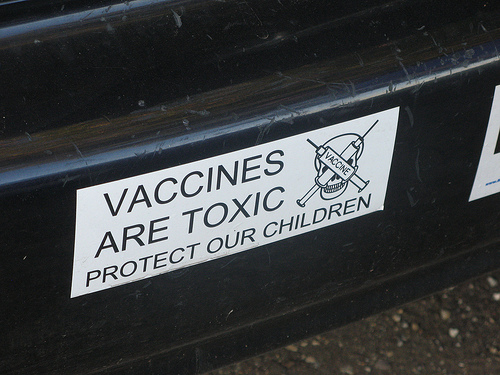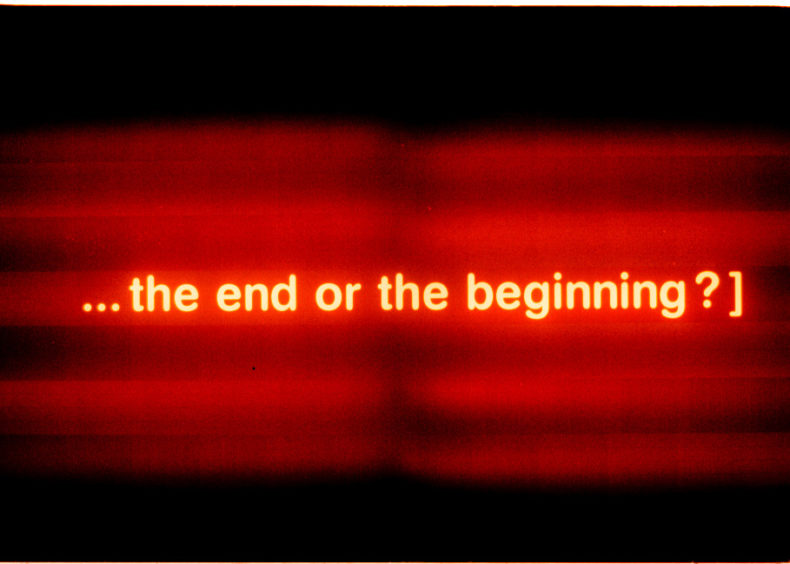
Some of the best shows on television should have ended before they did. Dexter, Weeds, some even think The Office dragged its feet out the door a few seasons too many. There are shows that are still going that really should be put out of their misery already (looking at you, Family Guy).
It’s hard to end something. It’s hard to figure out when to stop. Is it when the show stops making you enough money to be worth it? Is it when you stop being creatively fulfilled? Is it when enough other things come along that you really hate saying no to that you realize that maybe you should stop doing one thing so you can start doing another?
I think about how things end a lot. In part because I make a show that has no pre-set end point. I host and produce a podcast called Flash Forward. It’s a show about the future. Every week is a new future. Like many radio shows and podcasts, Flash Forward doesn’t follow a singular narrative plot. I could produce episodes of Flash Forward until I die. Which means that ending the show will be a choice. Assuming I don’t die first. Knock on wood for me people. Continue reading
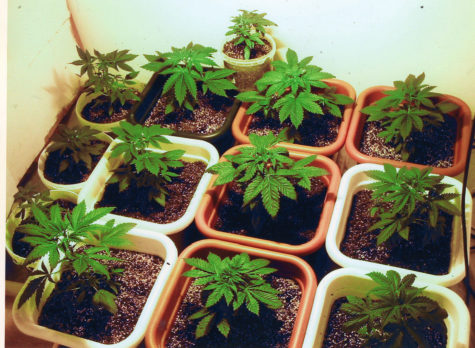
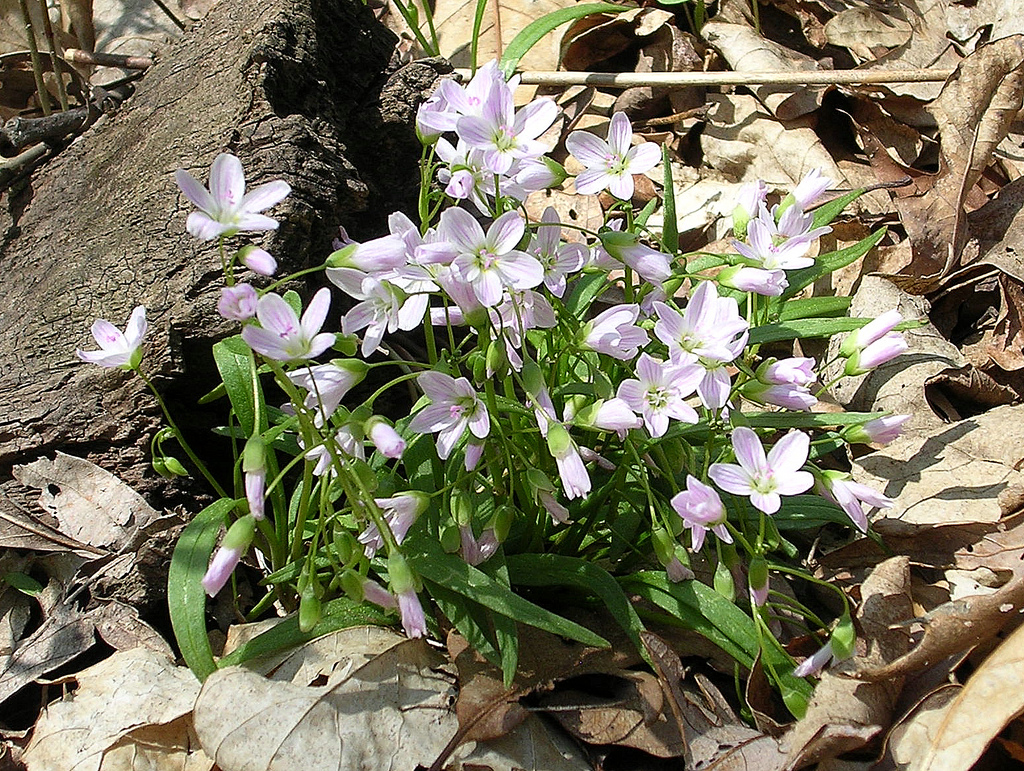
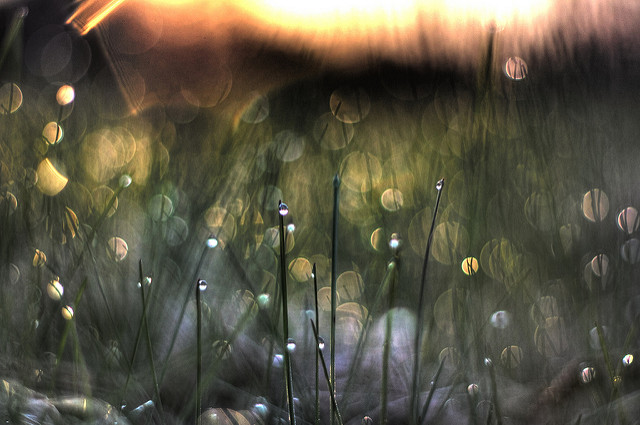
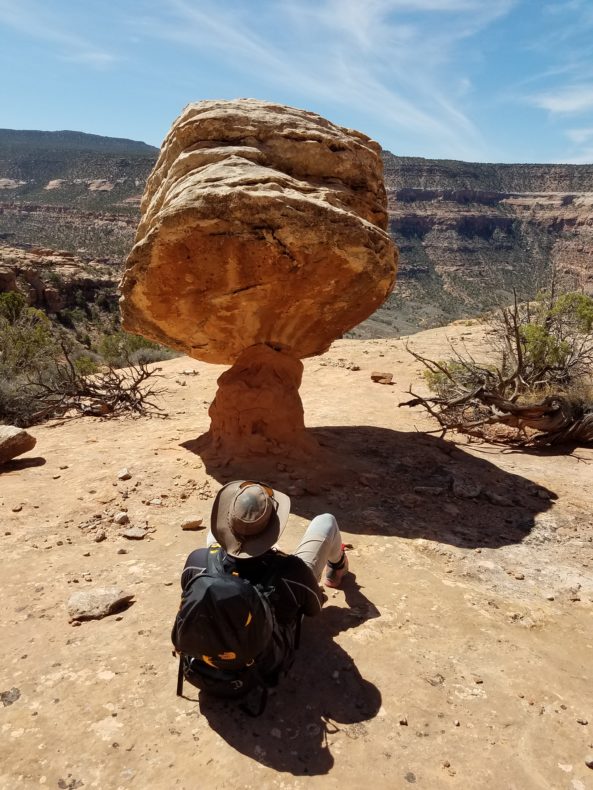 I lay under a boulder not long ago with a sculptor. The rock must have been 20 tons or more, balanced on a sandstone pedestal hardly bigger than the crook of my elbow. The actual points of contact between the boulder and its support had been winnowed by the wind down to almost nothing. The rock above protected to rock below, which supported the rock above; a geologic symbiosis. We marveled at the notion the boulder might fall, and which way it would go, tipping over and missing us by inches as we scrambled backwards, or a straight down on us like a pancake.
I lay under a boulder not long ago with a sculptor. The rock must have been 20 tons or more, balanced on a sandstone pedestal hardly bigger than the crook of my elbow. The actual points of contact between the boulder and its support had been winnowed by the wind down to almost nothing. The rock above protected to rock below, which supported the rock above; a geologic symbiosis. We marveled at the notion the boulder might fall, and which way it would go, tipping over and missing us by inches as we scrambled backwards, or a straight down on us like a pancake.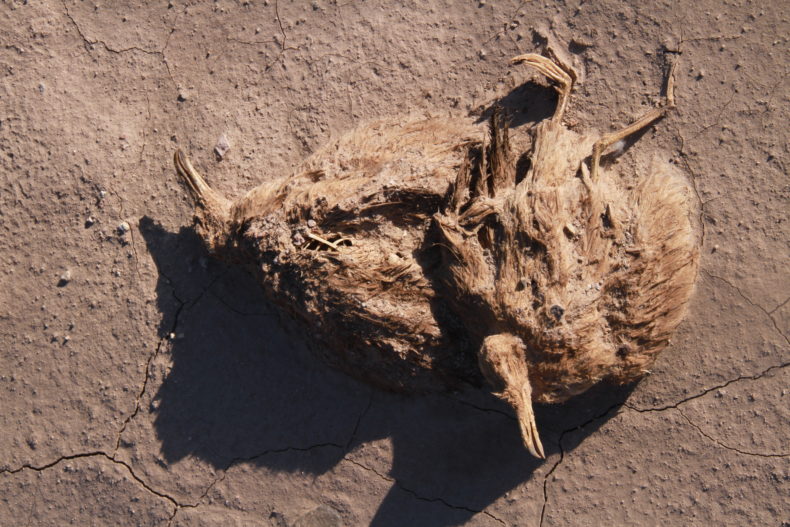 The Atacama Desert is country that wears quiet like a skin. Stretching through the top 600 miles of Chile, it is so spare of all save earth and rock that it calls to mind bone stripped of flesh by sun, wind, teeth. It is a place that makes you understand why the painter Georgia O’Keeffe saw in pelvises and skulls the curves of desert hills. But the Atacama is more naked still than the Southwestern deserts she loved. “When you think of desert, probably you think of Sonora or Chihuahua,” a Chilean biologist recently told me—the vast, brutal deserts of northern Mexico. “They are forests compared to Atacama.”
The Atacama Desert is country that wears quiet like a skin. Stretching through the top 600 miles of Chile, it is so spare of all save earth and rock that it calls to mind bone stripped of flesh by sun, wind, teeth. It is a place that makes you understand why the painter Georgia O’Keeffe saw in pelvises and skulls the curves of desert hills. But the Atacama is more naked still than the Southwestern deserts she loved. “When you think of desert, probably you think of Sonora or Chihuahua,” a Chilean biologist recently told me—the vast, brutal deserts of northern Mexico. “They are forests compared to Atacama.”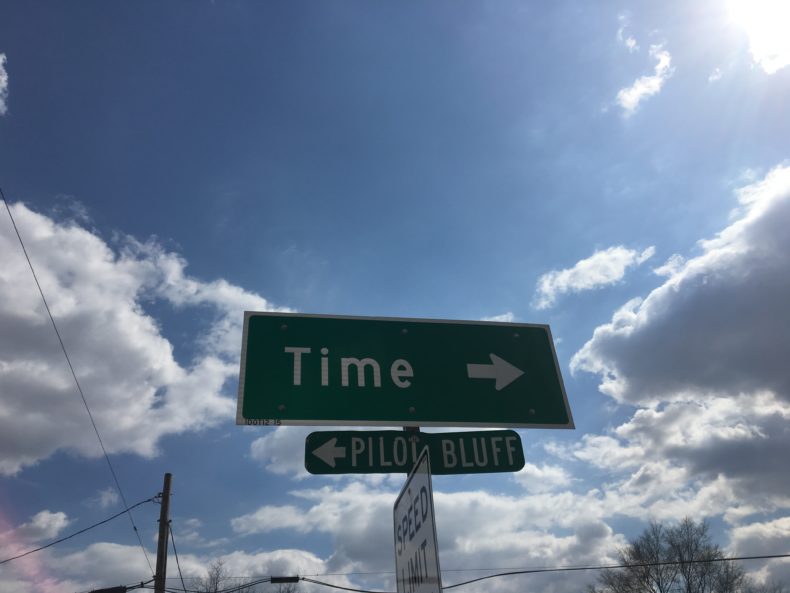 If you are feeling down, or housebound or just uninspired, there are few better salves than a drive. First, put on comfortable pants. Then get in the car and drive to the nearest highway. Choose any direction; it usually doesn’t matter. Set your cruise control to 65.
If you are feeling down, or housebound or just uninspired, there are few better salves than a drive. First, put on comfortable pants. Then get in the car and drive to the nearest highway. Choose any direction; it usually doesn’t matter. Set your cruise control to 65.